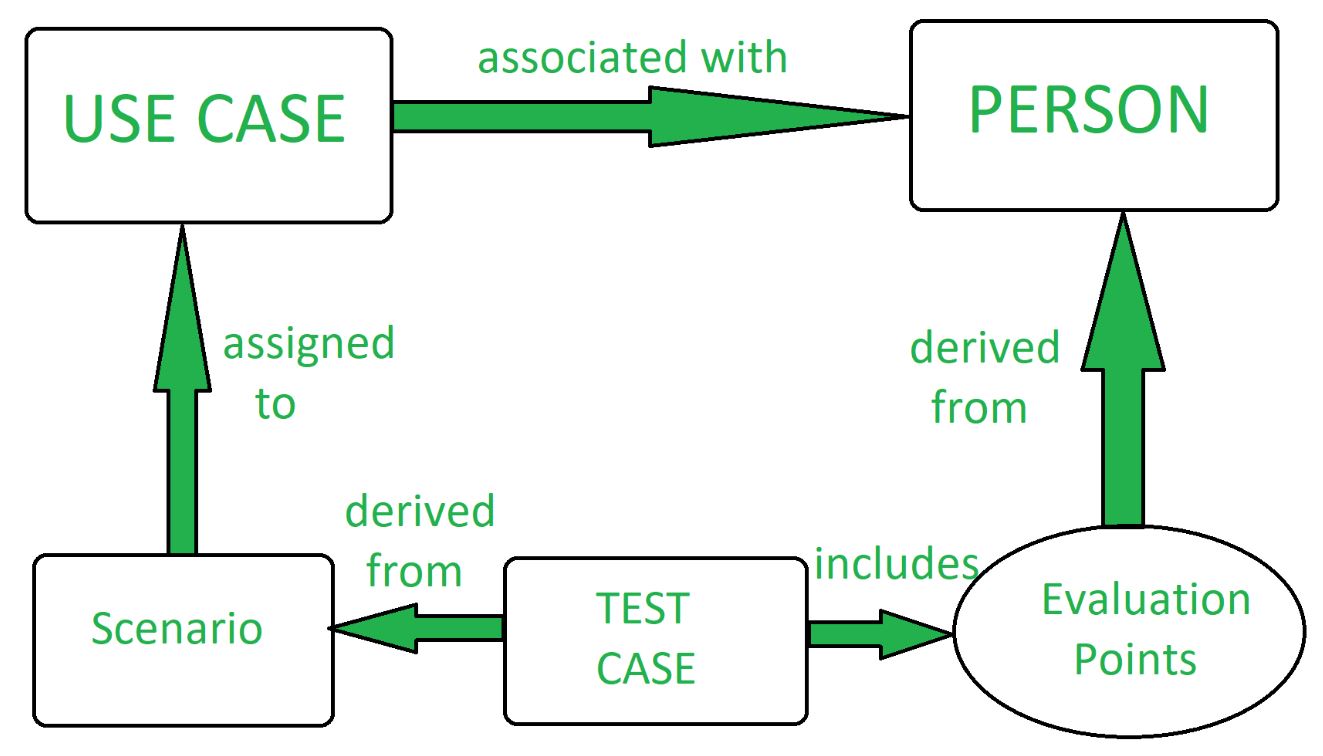Scenario Testing – Software Testing
Last Updated :
27 Dec, 2023
Scenario testing helps testers to know how the software will exactly work when end user will use it. As the scenario testing tests the business process flow of the software so it helps in figure out a lot of defects which cannot be found with the help of other testing. Scenario testing is carried out by creating test scenarios which copy the end users usage. In this article, we’ll learn about it’s characteristics, process, methods and risks.
What is Scenario Testing?
Scenario Testing is a Software Testing Technique that uses scenarios i.e. speculative stories to help the tester work through a complicated problem or test system. The ideal scenario test is a reliable, complicated, convincing or motivating story the outcome of which is easy to assess. It is performed to ensure that the end to end functioning of software and all the process flow of the software are working properly.
In scenario testing:
- The testers assume themselves to be the end users and find the real world scenarios or use cases which can be carried out on the software by the end user.
- The testers take help from clients, stakeholders and developers to create test scenarios. A test scenario is a story which describes the usage of the software by an end user.
Characteristics of Scenario Testing
A scenario test has five key characteristics:
1. Story
Scenario tests are sometimes given as stories or narratives that outline a certain circumstance or environment in which the application is expected to function. Stakeholders may more easily relate to the testing method and understand how the product will function in real-world scenarios when stories are used.
2. Motivating
Scenario tests need to inspire and relate to stakeholders or end users. A compelling scenario motivates stakeholders to actively participate, which improves teamwork and results in a greater understanding of user requirements and expectations.
3. Credible
Since stakeholders can see that the scenarios are meaningful and representative of actual circumstances, credible scenarios boost stakeholder’s trust in the testing process.
4. Complex
Since they include a variety of inputs, conditions and interactions, scenario tests are intended to be complex. The complicated nature of the scenarios guarantees a deeper analysis of the software’s capabilities and it’s capacity to manage complex, multiple circumstances.
5. Easy to evaluate
Even if situations could be complex, they should be designed so that evaluation is simple. Simple evaluation speeds up decision-making and feedback, enabling effective problem-solving and identification.
Scenario Testing Process

Methods in Scenario Testing
There are various methods in scenario testing:
- System scenarios: Scenario tests used in this method are only those sets of realistic, user activities that cover various components in the system.
- Use-case and role-based scenarios In the use-case and role-based scenario method the focus is specifically on how the system is used by a user with different roles and environment.
- Recovery Scenarios: Test scenarios for data backup, restoration and recovery are called recovery scenarios. Additionally, it assesses how the system would function in the case of a server or component failure.
- Positive Scenarios: Examining the system in conditions that are common and expected.
- Negative Scenarios: Assessing the way the system responds to incorrect or unexpected inputs and circumstances.
- Boundary Scenarios: Testing the system at the boundaries of its inputs and outputs is known as boundary scenario.
- Error scenarios: These involve generating error scenarios and testing that the system reacts correctly.
Risks of Scenario Testing
- Limited Scenario Reporting: Inadequate coverage may result from not identifying or testing every case that could arise.
- Little In-depth Analysis of Edge Cases: If edge situations or extreme possibilities are disregarded, there could be problems when using them in the actual world.
- High Maintenance Costs: Maintaining a big number of situations can get expensive and time-consuming.
- Dependency on Data: Since scenarios could rely heavily on particular data sets, simulating differences in real life might be difficult.
- A Lost Feeling of Security: If other crucial testing kinds, like unit or integration testing, are disregarded, relying just on scenario testing could provide a false sense of security.
- Excessive Focus on Positive Situations: Over focusing on favorable possibilities can cause one to overlook bad or extraordinary scenarios, which are more likely to cause problems for the system.
- The complexity of executing a scenario: Complex scenario execution might be prone to errors, making it challenging to replicate problems or interpret test findings.
Like Article
Suggest improvement
Share your thoughts in the comments
Please Login to comment...